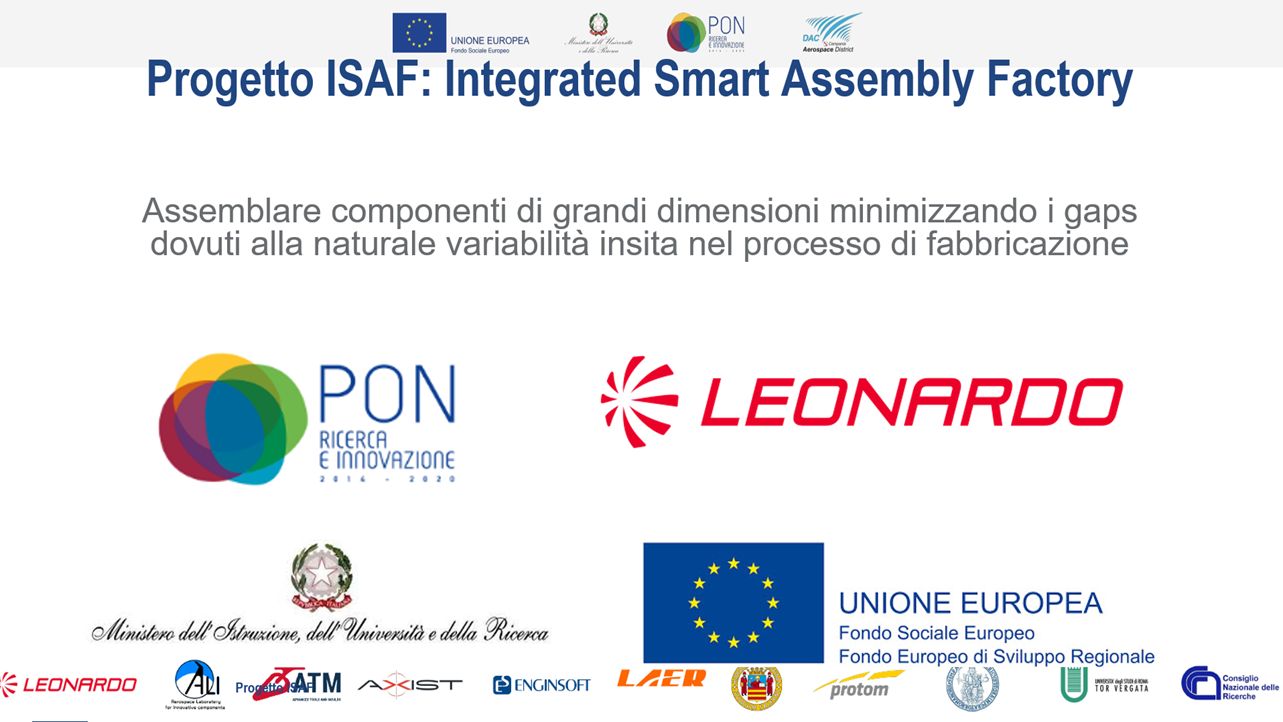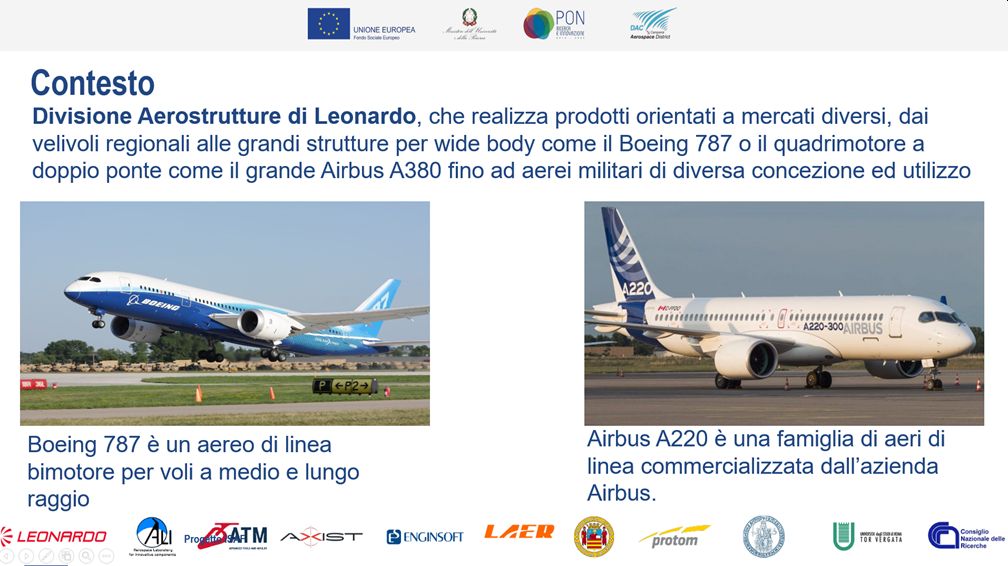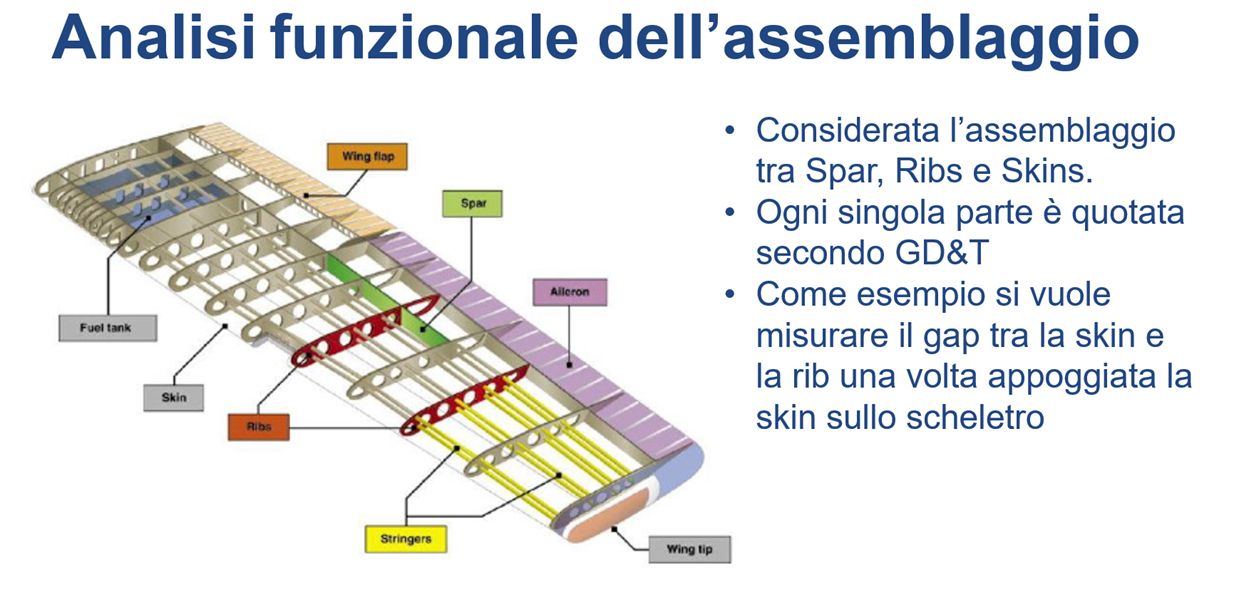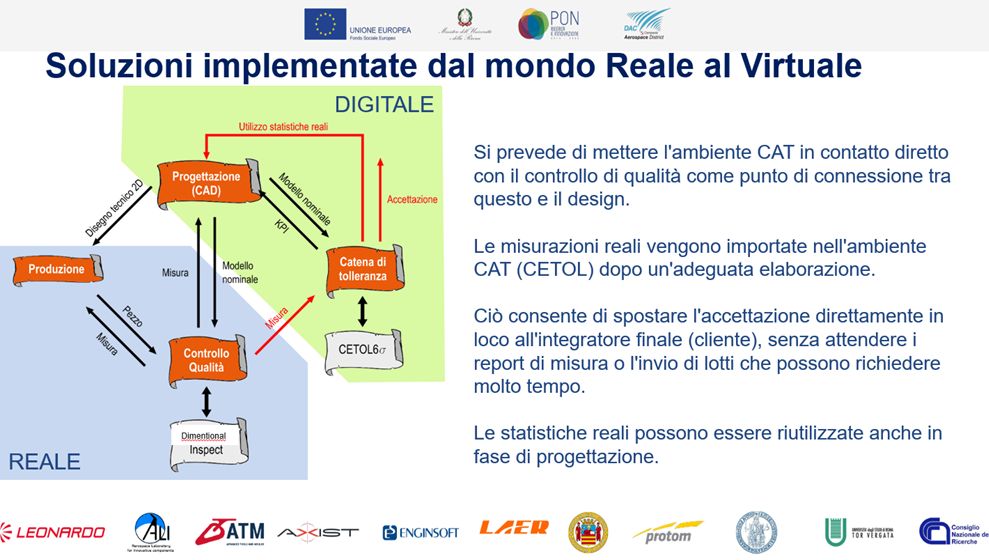ISAF
Integrated Smart Assembly Factory




Description
The ISAF project addresses the challenges of assembling two or more large composite parts that are naturally affected by manufacturing variability. This variability creates gaps between mating parts that must be filled to ensure structural integrity. The application of fasteners without proper compensation induces stresses that reduce resistance to static and fatigue loads. To prevent damage, it is necessary to compensate for these gaps with localized shims of appropriate thickness, shape, and material.
Currently, this process involves manual gap measurement, on-site shim production, and adjustment, resulting in inefficiencies in terms of quality, time, and cost. Manual assembly itself is not considered a high-value-added activity.
Why is it important?
The ISAF project demonstrates its potential through the implementation of tools designed to certify assembly activities, ensure the reliability of production processes, and guarantee the quality of operations by eliminating non-conformities (Smart Factory).
The solutions developed and implemented encompass varying levels of complexity and are divided into two primary areas of research:
- Solutions for Eliminating the Problem:
These solutions aim to address the root cause by leveraging automated systems to capture data on the geometry of the parts and employing predictive algorithms to analyse interferences and gaps. These algorithms also optimise shim usage and/or tooling corrections. Geometry detection systems offer sufficient resolution and precision to identify shim types and ensure fast data acquisition and analysis times. Machine learning algorithms are implemented to identify the necessary corrections for manufacturing tools. New adaptive tools have been designed to introduce incremental corrections, producing parts that closely follow target profiles through an automated, iterative process. - Intelligent Compensation Solutions:
Intelligent compensation relies on additive manufacturing technology to produce 3D shims tailored to the dimensions of the gaps calculated after inspecting the produced parts.
Impact of Digital Twin Technology
The application of Digital Twin technology for dimensional conformity during assembly delivers the following benefits:
- Increased precision, enabling streamlined final assembly lines with at least a 20% reduction in processing stages.
- An integrated production flow that facilitates much more accurate and timely product configuration management.
- The creation of a factory network where designers gain full visibility of the final product, enabling iterative optimisation cycles.
The expertise and methodologies developed within the aeronautical sector under the ISAF project are applicable to other industries requiring Digital Twin technology in assembly processes, such as: Aerospace, Home Appliances, Automotive, Biomedical, Railways, Naval.
Project and Acronym: ISAF
Innovation Cluster to contact: Mesap
Topics: Smart Factory
Lead Company:
EnginSoft S.p.A
www.enginsoft.com | n.gramegna@enginsoft.com


